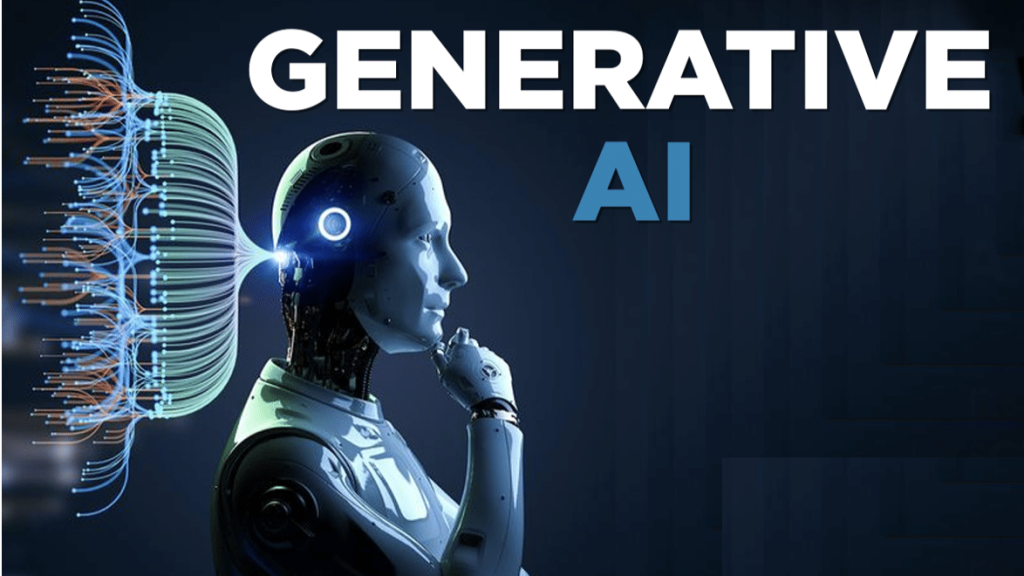Generative AI and the Reasoning Issue: Beyond Prediction to Understanding

A New Era of Artificial Intelligence
Generative Artificial Intelligence (AI) has rapidly become one of the defining technologies of our time. From text creation and image synthesis to music composition and software coding, these systems have shown extraordinary creative and analytical capabilities. Models such as GPT, Gemini, and Claude have blurred the line between human expression and machine generation — producing content that is coherent, fluent, and, at times, remarkably insightful.
Yet beneath this impressive performance lies a deeper cognitive challenge: the reasoning issue — a limitation that may determine the future trajectory of AI itself.
The Core of the Reasoning Problem
Generative AI models are, by design, statistical machines. They learn from massive datasets and use probabilities to predict what word, pixel, or note should come next. This approach allows them to generate astonishingly human-like outputs, but it also means that their understanding of the world is correlative, not causal.
In simpler terms, these models are masters of imitation, not comprehension. They can tell us what typically follows, but not always why it follows. They can describe reality — but rarely reason about it.
This limitation becomes evident in scenarios that demand logical inference or ethical judgment. A generative model may write a convincing medical recommendation or business plan, yet it cannot explain the underlying reasoning, weigh moral trade-offs, or adapt its logic to new evidence.
Why Reasoning Matters
The absence of genuine reasoning in AI is more than a technical curiosity; it is a societal concern.
-
- For decision-makers, it raises questions of accountability. How can executives rely on outputs that appear rational but may lack logical grounding?
- For educators and researchers, it challenges how knowledge is constructed and validated in an era of machine-generated information.
- For policymakers and ethicists, it highlights the danger of delegating judgment to systems that cannot reason through consequences.
The phenomenon has been described by some scholars as synthetic plausibility — AI outputs that sound credible yet may be logically or factually flawed. If unchecked, this illusion of reasoning could erode trust in both information and institutions.
The Next Frontier: Reasoning-Centric AI
Researchers are now working to bridge the gap between linguistic fluency and cognitive depth. Three major directions are emerging:
-
- Neuro-symbolic integration — blending neural networks with symbolic logic to enable structured, rule-based reasoning alongside pattern recognition.
- Causal AI — embedding cause-and-effect understanding, allowing systems to move from prediction (“what will happen”) to explanation (“why it happens”).
- System-2 architectures — inspired by Daniel Kahneman’s dual-process theory, these models aim to replicate slow, deliberate reasoning rather than rapid association.
Together, these innovations signal a shift from generative intelligence toward reflective intelligence — where machines not only create but also critique, explain, and justify.
Human Reasoning: Still the Anchor of Intelligence
Despite these advances, the human mind remains the cornerstone of true reasoning. AI can process vast information and generate possibilities, but it is humans who provide context, values, and ethical interpretation.
The most promising future is not one where machines replace human reasoning, but one where they enhance it — creating a partnership of cognitive complementarity. Humans contribute judgment, empathy, and purpose; AI contributes scale, memory, and speed.
This collaboration defines a new era of augmented intelligence — not artificial, but symbiotic.
Conclusion
The reasoning issue reminds us that intelligence is more than information processing; it is about understanding, interpretation, and accountability. As we continue to build more powerful generative systems, our greatest challenge will not be making machines that speak like us, but machines that think with us.
Generative AI’s next evolution will not be defined by how well it predicts — but by how deeply it reasons. Only then will artificial intelligence move from imitation to true understanding.


